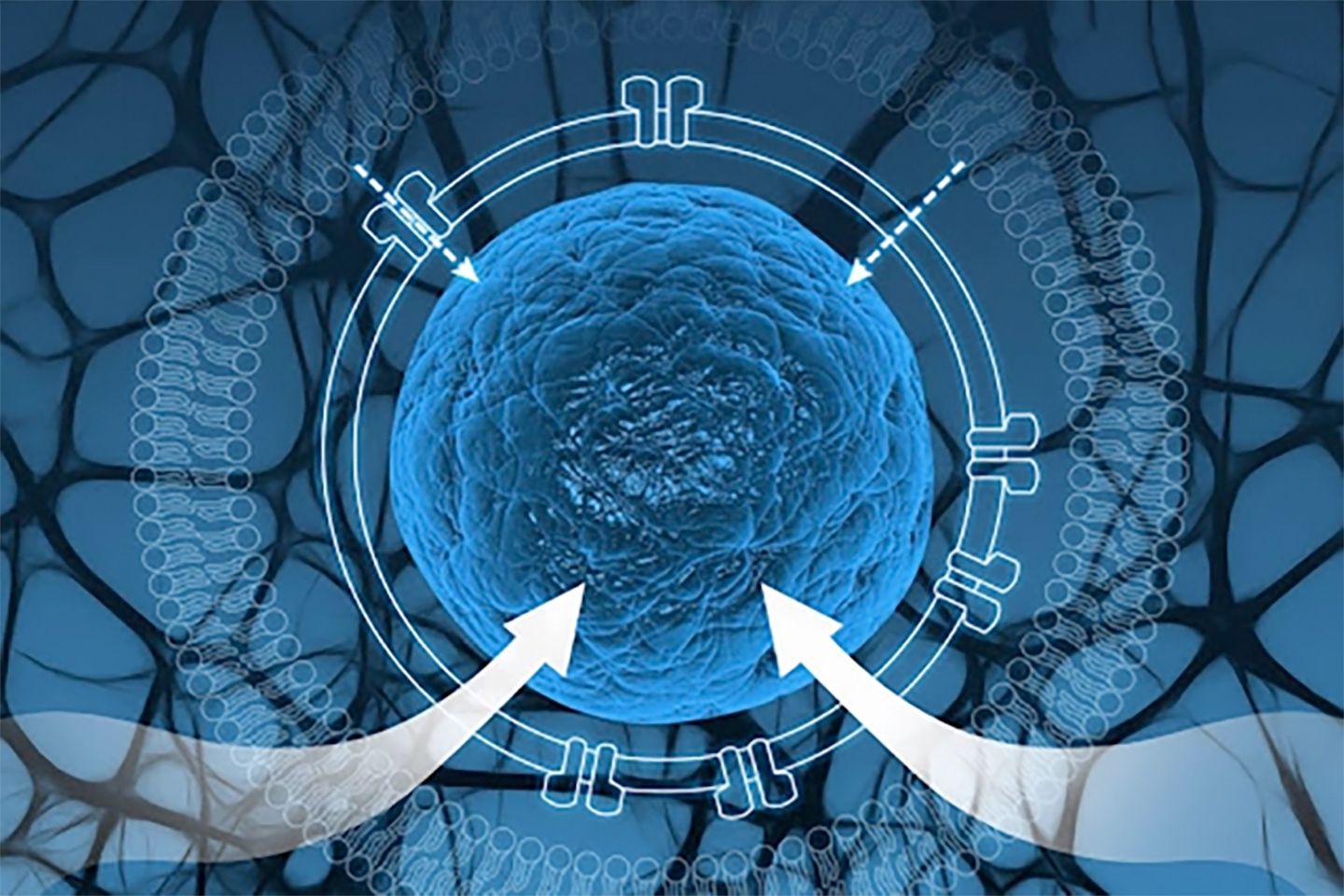Luv it! Wait until we make the marriage of QC meets Synbio — QC for the infrastructure and communications, and Synbio makes us all connected.
Cambridge, MA (Scicasts) — Synthetic biology allows scientists to design genetic circuits that can be placed in cells, giving them new functions such as producing drugs or other useful molecules. However, as these circuits become more complex, the genetic components can interfere with each other, making it difficult to achieve more complicated functions.
MIT researchers have now demonstrated that these circuits can be isolated within individual synthetic “cells,” preventing them from disrupting each other. The researchers can also control communication between these cells, allowing for circuits or their products to be combined at specific times.
“It’s a way of having the power of multicomponent genetic cascades, along with the ability to build walls between them so they won’t have cross-talk. They won’t interfere with each other in the way they would if they were all put into a single cell or into a beaker,” says Edward Boyden, an associate professor of biological engineering and brain and cognitive sciences at MIT. Boyden is also a member of MIT’s Media Lab and McGovern Institute for Brain Research, and an HHMI-Simons Faculty Scholar.
